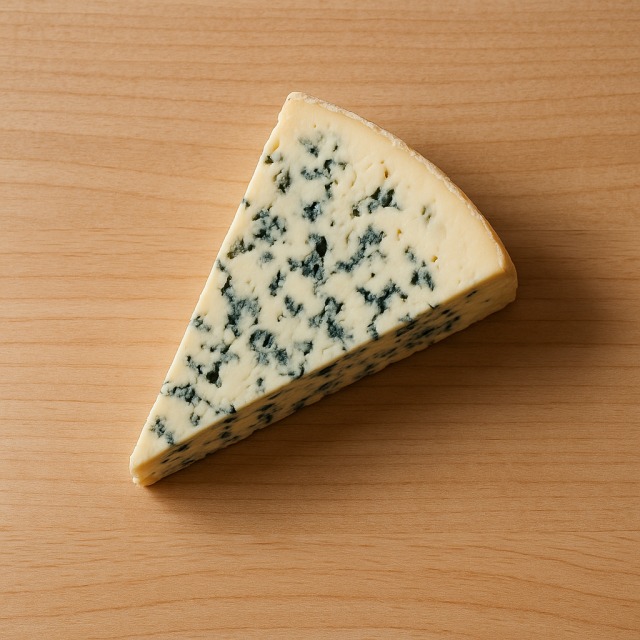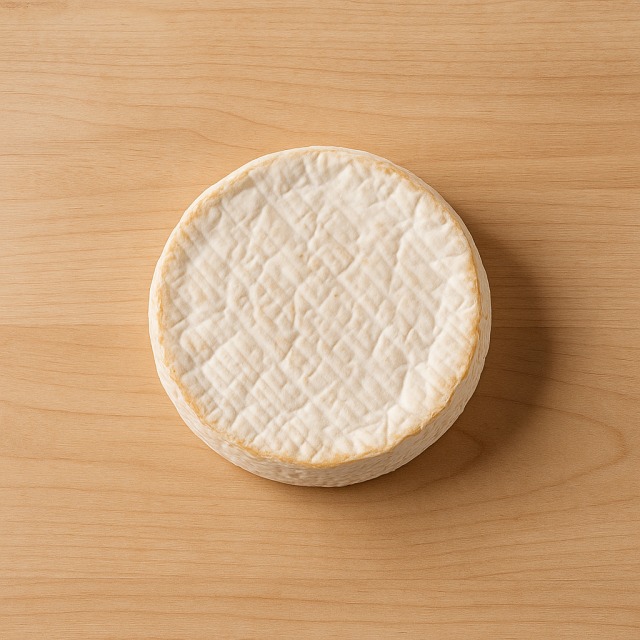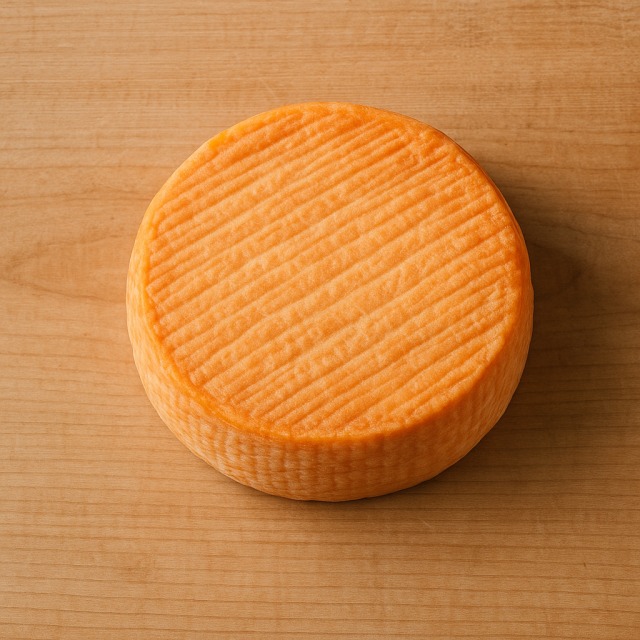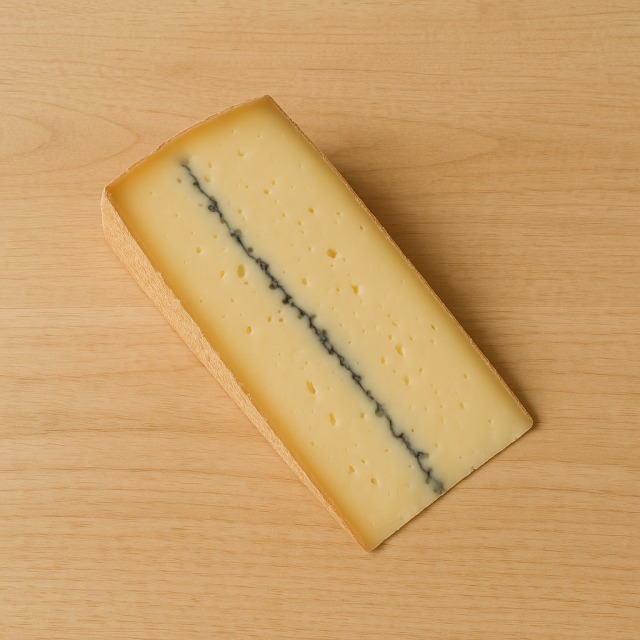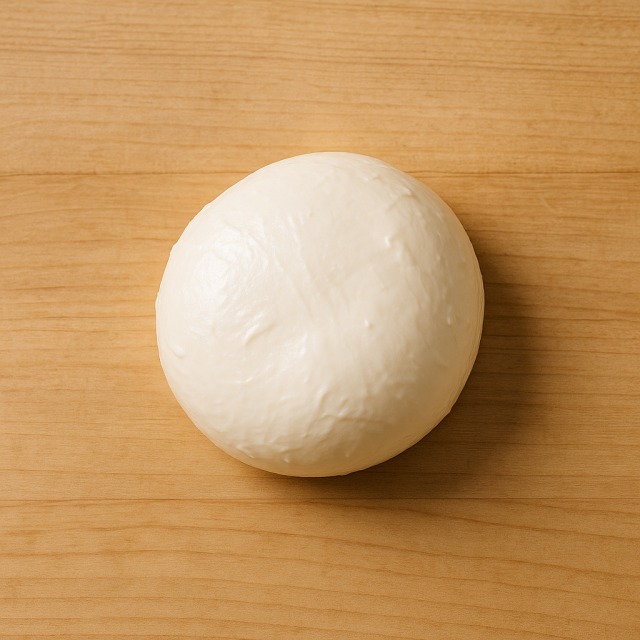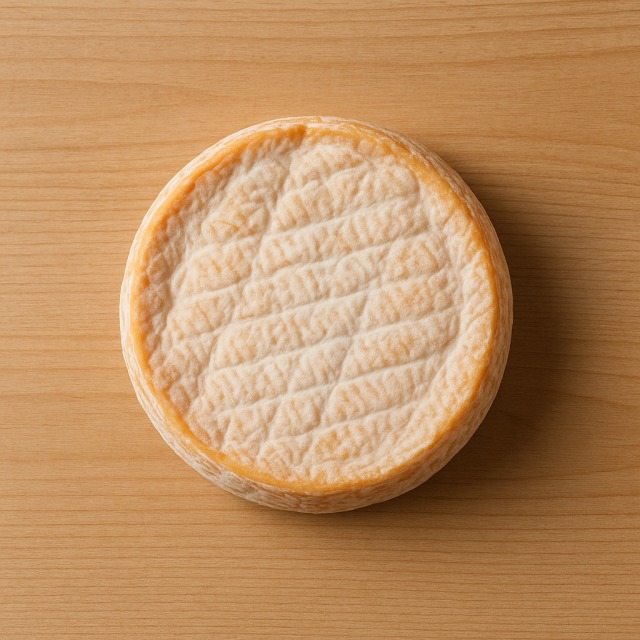Calorie Chart / Cheeses / Brie
How Many Calories Are in Brie?
Calculation of the nutritional value & Recommended Dietary Intake of brie
For g and a calorie requirement of kcal
| Calories 132 kcal | Proteins 8.2 g | Lipids 11 g | Carbohydrates 0 g |
| 7% | 11% | 16% | 0% |
Health benefits of brie
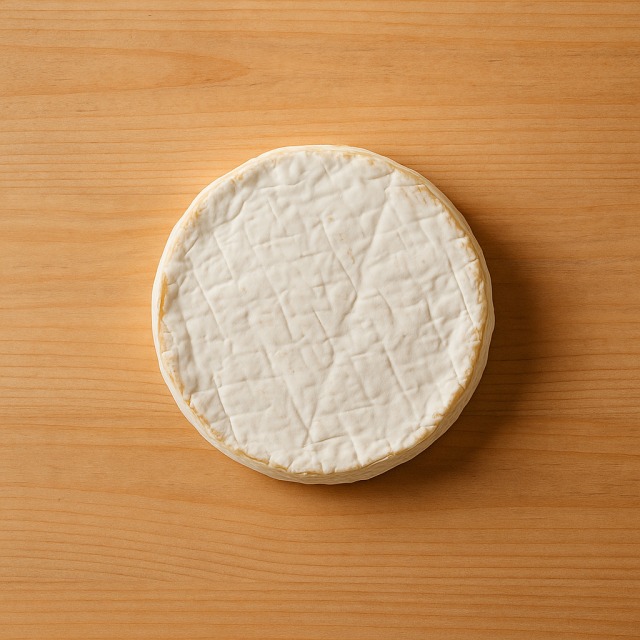
Brie - 100g
Calories 330 kcal
Proteins 20.5 g
Lipids 27.5 g
Carbohydrates 0 g
With about 330 calories per 100 g, brie clearly belongs to the high-calorie cheese family; those calories come mainly from its 27.5 g of lipids and 20.5 g of proteins. Talking about calories repeatedly is essential because anyone monitoring calories must know that a modest 30 g wedge already brings roughly 100 calories to the plate.
Beyond calories, brie supplies interesting amounts of calcium for bone health, vitamin B12 for red blood cell production, zinc for immune function, and vitamin A for vision. Phosphorus, selenium, and a touch of vitamin K2 also appear in its creamy paste. Although the fat behind those calories is mostly saturated, it delivers conjugated linoleic acid (CLA), which is sometimes (supposedly) helpful for body composition management.
The traditional white rind is the result of Penicillium candidum. This surface mold pre-digests proteins, giving brie its famous runny texture without materially changing its calories. Legend has it that brie was crowned the "King of Cheeses" at the Congress of Vienna in 1815—proof that people have been enjoying its calories and flavor for centuries.
Because calories can add up quickly, brie is best enjoyed mindfully: a flavorful 20 g sliver delivers taste for relatively few calories compared with a thick slice. Remember: calories count, but so does pleasure.
Tips for incorporating brie into a balanced diet
To integrate brie into a balanced diet without letting calories spiral, think quantity and pairing. A classic strategy is to serve a thin slice with crisp apple segments: the fruit's acidity highlights flavor so you need less cheese, hence fewer calories. You will still taste the brie, track calories, and add fiber.
Another idea is an open-faced sandwich on toasted wholemeal bread with a smear of brie, a few leaves of arugula, and a drizzle of honey. Whole grains and greens stretch volume while controlling calories; one slice usually stays under 250 calories.
For a protein-rich recovery snack, melt a 15 g ribbon of brie over grilled chicken breast. You obtain indulgence, extra proteins, and limited incremental calories. Compare that to frying the chicken in oil, which would double the calories.
If you crave comfort food, fold small cubes of brie into steamed broccoli. The vegetable's water content dilutes calories per bite, yet the dish still feels creamy. Portion control remains vital: keep total calories in check by weighing the cheese before cooking.
The same portion-plus-pairing logic works in salads, on pizza (add at the end so it spreads thinly), or alongside a simple bowl of pumpkin soup. In each case, count calories, measure the cheese, and balance the plate with produce and lean proteins.
Frequently Asked Questions
- How many calories are in brie?
- There are 330 kcal per 100 g of brie; knowing those calories helps you gauge serving size.
- Does removing the rind reduce calories?
- The rind is very thin, so scraping it away changes calories only marginally—focus on total weight for accurate calories.
- Is brie suitable for a high-protein, controlled-calorie diet?
- Yes, brie delivers about 20.5 g of protein per 100 g, but its calories are high; include small portions to hit protein targets without overshooting calories.
- Can I freeze brie to avoid wasting calories and money?
- Freezing does not alter calories, but it affects texture; use thawed brie in cooked dishes if you are counting calories and dislike the post-thaw mouthfeel.
Similar foods
Information provided by Calorie Menu may contain inaccuracies or errors. It cannot, under any circumstances, substitute medical advice or medication.
